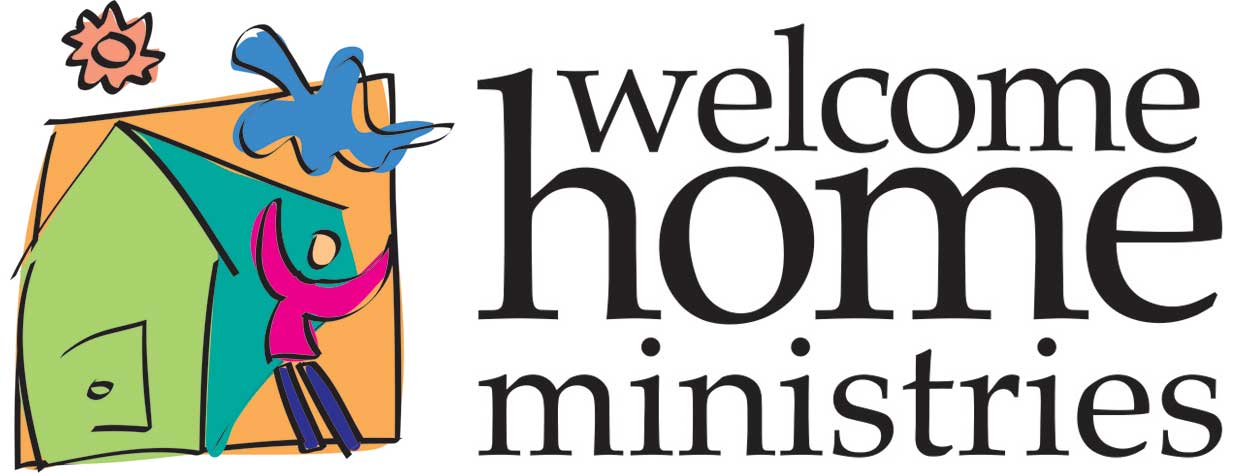Important Facts
The Need For Recovery Support Services Is Great!
- One-third of Tennesseans have alcohol/drug abuse in their immediate family — half have it in their extended family (Tennessee Association of Alcohol, Drug & Other Addiction Services — TAADAS).
- According to the Tennessee Department of Mental Health and Substance Abuse Services (TDMHSAS), Tennessee served 13,000 uninsured people in addiction treatment centers in FY 2012. It is estimated that 304,000 Tennessee adults “needed but did not receive treatment for alcohol use in the past year” and about 106,000 Tennessee adults “needed but did not receive treatment for illicit drug use in the past year.”
- An estimated 8.27% of Tennessee adults (or 391,000 people) “abused or were dependent on alcohol or illicit drugs in the past year.” An estimated 18.33% of Tennessee young adults ages 18 to 25 (or about 118,000 people) “abused or were dependent on alcohol or illicit drugs in the past year,” compared to 6.69% (or about 273,000 people) of adults ages 26 and over.”
- The number of drug overdose deaths in Tennessee increased from 422 in 2001 to 1,059 in 2010 (Tennessee Department of Health – Death Certificates) — an increase of 250% over the 10 year time period. The economic cost of non-medical use of prescription drugs in Tennessee was estimated to be $1.4 billion. (Bureau of Business and Economic Research, West Virginia University).
- According to the National Institute of Alcohol Abuse and Alcoholism (NIAAA), which is part of the National Institute of Health (NIH), “There is evidence that approximately 90 percent of alcoholics are likely to experience at least one relapse over the 4-year period following treatment. Despite some promising leads, NO CONTROLLED STUDIES DEFINITIVELY HAVE SHOWN ANY SINGLE OR COMBINED INTERVENTION THAT PREVENTS RELAPSE IN A PREDICTABLE MANNER. Thus, relapse as a central issue of alcoholism treatment warrants further study.” (Relapse and Craving — A commentary by NIAAA Director, Enoch Gordis, MD).
- RELAPSE IS A PART OF RECOVERY, especially for individuals who have suffered from this disease for 20 even 30 years! Welcome Home Ministries’ target population fits the statistics according to the NIAAA quoted above. Certainly, 90% of the clients we serve have relapsed, often, multiple times; and just like diabetes, hypertension and asthma, alcohol and drug addicts have periods of remission and relapse (See NIDATreatment and Recovery: JAMA, 284:1689-1695, 2000 27), which is why long-term recovery support is greatly needed.
- There is a demonstrable need for drug free living environments in sober living communities that provide communal living settings for individuals who suffer from alcohol and drug addictions. The need is so great that Welcome Home Ministries receives calls on a daily basis requesting our services.
- “Several studies indicate that for people with low recovery capital and high disease severity, social supports provided by sober living communities are critically important to long-term recovery.” (Jason, Davis, Ferrari, and Bishop 2001; Jason, Davis, & Ferrari 2007 — SAMSHA). Virtually all the men who participate in Welcome Home Ministrie’s recovery support program have very low recovery capital and high disease severity. Many have battled substance abuse and addictions for many years, and have relapsed numerous times over the years.
- Research suggests that sustainable sobriety for individuals suffering from alcohol and drug addictions is greatly jeopardized in communities that do not support abstinence, especially in low income and high crime urban housing settings. Additionally, many individuals who suffer from alcohol and drug addictions are unable to sustain improvements, when alcohol and drug free housing environments are not available.
- Research that tracks treatment outcomes for addictive disorders has raised concerns that while a variety of treatment interventions are effective, “the progress clients make in treatment frequently is undermined by the lack of an alcohol and drug free living environment supporting sustained recovery.” (“Communal Living Settings for Adults Recovering from Substance Abuse”— NIH Public Access Author Manuscript, Douglas L. Polcin, Ed.D.). “Even if clients are engaged in outpatient treatment, motivated for change, and making improvements, their progress may be mitigated if they reside in a destructive living environment that triggers relapse.” (Polcin, Galloway, Taylor & Benowitz-Fredericks, 2004).
- Addiction is a treatable disease that realizes a return on every dollar invested in treatment between $4 to $7 in reduced drug related crime, criminal justice costs and theft. In Tennessee, 89% of those involved with law enforcement at the beginning of “Access to Recovery” services (which Welcome Home Ministries provided), there was no further criminal justice involvement while receiving ATR services.
- Combined costs savings when including reductions in health care costs as a result of treatment, which includes recovery support, the investment yields up to $12 savings for tax payers for every dollar invested in treatment (NIDA).
Our mission
To enter into worlds of brokenness in order that all might experience wholeness in Jesus Christ.
